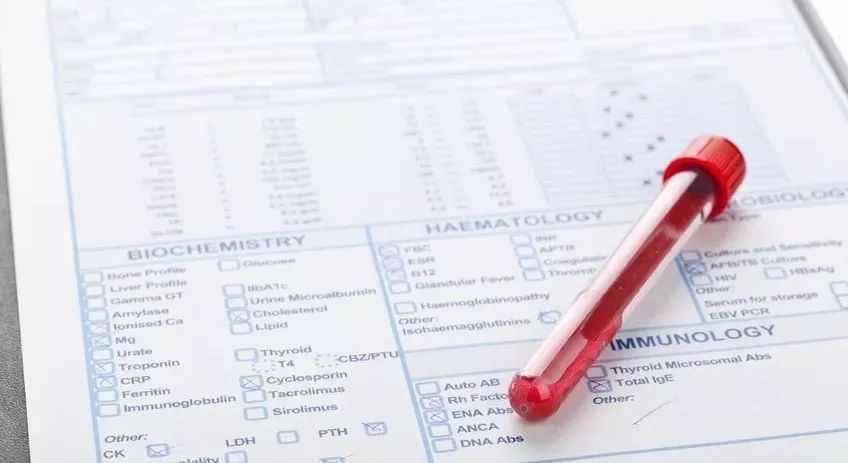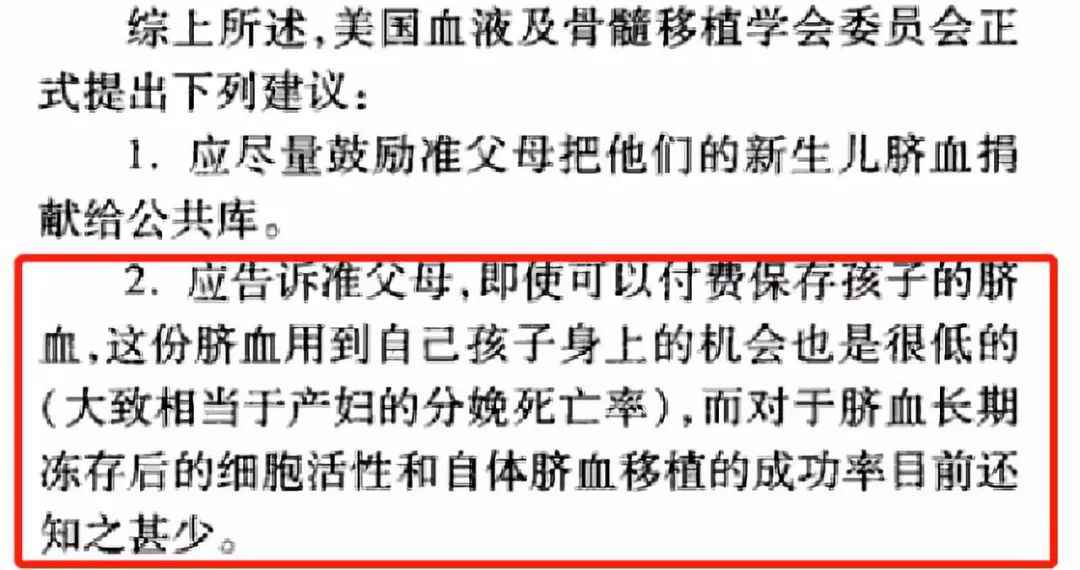At the edge of the hospital’s prenatal examination room, parents can always hear propaganda about umbilical cord blood:
Save a cord blood for your child, which can cure leukemia! Children save a umbilical cord blood, the whole family can use it! To save umbilical cord blood is to have a life insurance policy! On the market, the price of self-deposited umbilical cord blood varies, some of which cost 30,000 for 20 years. Some pay 6,000 a year for three to five years in a row. This sum of money is not much, and parents can afford it. However, it is a pity to say less and spend it without knowing why. In our message area, expectant mothers often ask whether umbilical cord blood should be saved or not.
Photo Source: Clove Mother WeChat Backstage
There are also some parents who are anxious that they have not saved umbilical cord blood for their children and are worried that they will lose a lot.

Photo Source: Clove Mother WeChat Backstage
Umbilical cord blood can really save lives, but spending money to save umbilical cord blood is not the best way.
Why do you say that? ID: DingXiangMaMi will have a good talk with you today about the self-preservation of umbilical cord blood.

Umbilical cord blood for leukemia?
The possibility of children using it is very low.

After the baby breaks the umbilical cord, the blood left in the umbilical cord is umbilical cord blood. The magic of umbilical cord blood lies in its certain hematopoietic stem cells.
Stem cells are of great use. They can treat more than 70 diseases, including leukemia and some malignant tumors.In cancer treatment, stem cells in umbilical cord blood will perform better than stem cells in bone marrow, have less rejection reaction, and can also enhance the immune system of patients.
This sounds like it is necessary to spend money to save one for the child: it can treat cancer, and no amount of money will be lost.
Mom and Dad, don’t worry about paying the money yet.
The American Association of Obstetrics and Gynecology clearly pointed out that it is very rare to save oneself with one’s umbilical cord blood.

Source: American Obstetrics and Gynecology Association
Why do you say that? There are two reasons:
First of all, the probability of children using their own umbilical cord blood is very low.
The American Blood and Bone Marrow Transplantation Association (AMSBMT) has given a data saying that the probability that children can use their umbilical cord blood is 0.0005% to 0.04%.
Photo Source: < < American Blood and Bone Marrow Transportation Association’s Arguments on Collection and Preservation of Autologous Umbilical Cord Blood > >
Secondly, many serious diseases are mostly related to heredity. Stem cells in umbilical cord blood of sick babies have their own genetic problems.
Take leukemia as an example. If the child really suffers from leukemia unfortunately, even if the parents want to save umbilical cord blood, it will not be of any use. They still need to find other healthy umbilical cord blood with suitable matching types.
It is really unnecessary to spend a lot of money to save a useless umbilical cord blood. Self-stored umbilical cord blood is not life insurance. Could be a bad check Source: Internet When recommending self-storage of umbilical cord blood, many propagandists will mention the concept of “life insurance”: storage of umbilical cord blood can back up children’s lives. Source: Internet
As mentioned above, the probability of children using their own umbilical cord blood is very low. If umbilical cord blood is life insurance, it is more appropriate to say that it is an insurance prepared for others. Perhaps because the concept of life insurance has been publicized too much at home and abroad, the American Association of Obstetrics and Gynecology has specifically responded to the word: umbilical cord blood is not recommended as [life insurance] to prevent diseases. Source: American Obstetrics and Gynecology Association In addition, the American Academy of Pediatrics also pointed out that although umbilical cord blood may play a role in the treatment of some chronic diseases of children themselves in the future, further research is needed and there is no conclusion yet.
This research process may take 10, 20, 50 or 100 years. However, it is difficult to guarantee the stem cell activity of umbilical cord blood after long-term cryopreservation, and the success rate of autologous transplantation is also difficult to say.
Photo Source: < < American Blood and Bone Marrow Transplantation Association’s Arguments on Collection and Preservation of Autologous Umbilical Cord Blood > >
[Self-deposited Umbilical Cord Blood] This life insurance is not used by the insured, the benefit time is far away, and the benefit effect is unstable. It may be more appropriate to describe it as a bad check.
Save one share for the benefit of the whole family? Not enough
This propaganda point for self-preservation of umbilical cord blood is also very attractive: even if children cannot use it, other people in the family can use it.
Indeed, if the child’s brother and sister clearly need stem cells to treat diseases, saving the child’s umbilical cord blood can be of great use.
However, the number of stem cells in umbilical cord blood is very, very limited. If adults in the family need to use it, several matching umbilical cord blood must be used to meet the number required for treatment.
In short, even if umbilical cord blood is saved for the child, the child or other family members need it when they grow up, which is not enough in most cases, and they still have to go to the public blood bank to find other suitable matching types.
Spend money to save umbilical cord blood Better to donate
Source: Internet
Both the American Academy of Pediatrics and the American Association of Obstetrics and Gynecology give consistent recommendations on umbilical cord blood storage:Donate the child’s umbilical cord blood to the public blood bank.
Source: American Pediatric Association
If the baby’s umbilical cord blood meets the donation requirements, the umbilical cord blood will be donated to the public blood bank, and the child will also enjoy the priority matching right when it is used in the future.
This can greatly improve the use efficiency of umbilical cord blood and enable more people in real need to get help.
If both parents choose to donate umbilical cord blood, matching will be easier even if a child is really ill and needs to be used one day.
This is also the original intention of the development of umbilical cord blood storage technology: to enable more people in need to find matching types in public blood banks and save lives at critical times.
However, in China, the publicity of donating umbilical cord blood is far less than one tenth of that of self-paid savings.
Search the whole network, even the latest official list of qualified umbilical cord blood banks can’t be found. Only from the news reports in 2014 can we know that there were only seven formal and legal umbilical cord blood banks at that time, which were distributed in Beijing, Shanghai, Tianjin, Guangzhou, Shandong, Sichuan and Zhejiang.
The lack of publicity on public blood banks and umbilical cord blood donations has left expectant parents and expectant mothers in too much information inequality, and has also caused many umbilical cord blood that meets the donation criteria and can save other people’s lives to eventually fall into garbage cans.
Since the birth of the child, in addition to facing all kinds of normal expenses, we should also be on guard against various businesses’ money scams.
Do you want to sweat after delivery? Is the residual milk to be arranged or not? …….
Some routines only pit mothers’ money, but others will delay the treatment of diseases, endanger mothers’ health and even their lives.
Identify the two-dimensional code below Send one key to get the anti-fraud guide.











